The largest number of the world’s poor live in Africa. The poorest of the poor live in abject poverty, on a total income of less than US $1 a day.
The countries in the poorest of the poor in Africa are scattered across the continent, from West Africa to the Indian Ocean, throughout sub-Saharan Africa to the Horn of Africa.
The economies of these 20 countries share a common theme: Disaster, both natural and manmade.
There are people in almost every country who live in fear of poverty, most of whom even in the poorest country in Africa work hard to avoid it. In these poor countries in Africa, sadly, working hard it not enough to avoid the crushing reality of want.
Map with the top 20 poorest countries in Africa
Here are the reasons people in 20 countries face enormous obstacles to find a way forward from poverty. We have ranked these countries in terms of GDP (Gross Domestic Product) per capita, the total economic production of the country divided by the number of people in the country. But we also list each country’s GNI (Gross National Income) per capita, the amount of money per person that stays in the country out of all the value of goods and services it produces. These figures can be very different, and that too tells a story.
Poorest Countries in Africa:
1. Burundi
GDP $727, GNI $210
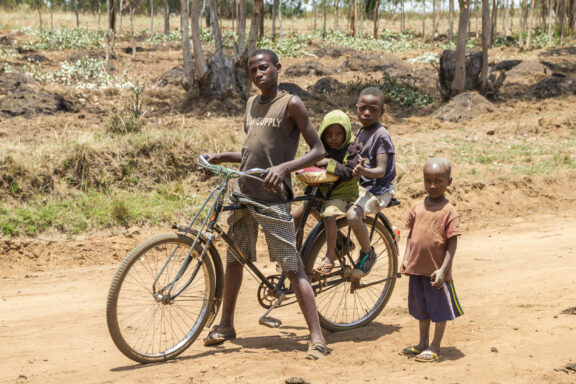
What is the poorest country in Africa 2022? Sadly, it is perennially impoverished Burundi. Almost any “top 20 poorest country in Africa” list from the past 50 years will include Burundi.
Like its neighbor Rwanda, Burundi passed through a period of turbulence in the 1990s during which it saw genocides against its Tutsi minority by its Hutu majority. Like its neighbor Rwanda, Burundi is tiny, landlocked, densely populated, and deficient in natural resources. But Burundi’s economy is a fraction of its neighbor Rwanda’s.
Why? Although neither country is democratic, Rwanda has a functioning government and rule of law. The lack of legal protection for investments has discouraged business from coming to Burundi to make profits with its willing workforce. And the large disparity between GDP and GNI suggests that non-citizens, many of them with relief organizations, make up much of its workforce.
2. Central African Republic
GDP $823, GNI $510
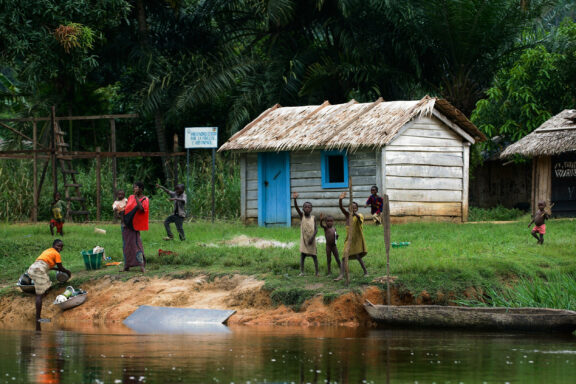
The Central African Republic has endured decades of religious violence and civil war. For much of the last 20 years, the central government has controlled only the capital, and in 2013 even the capital was taken over by a rebel group. Central Africans have been driven out of their homes into refugee camps, and then driven out of their refugee camps. Since 2016, UN peacekeeping troops have brought some stability to the country and the World Bank has invested in small business development, but lawlessness, disease, and lack of infrastructure cripple the economy.
3. Democratic Republic of the Congo
GDP $843, GNI $550
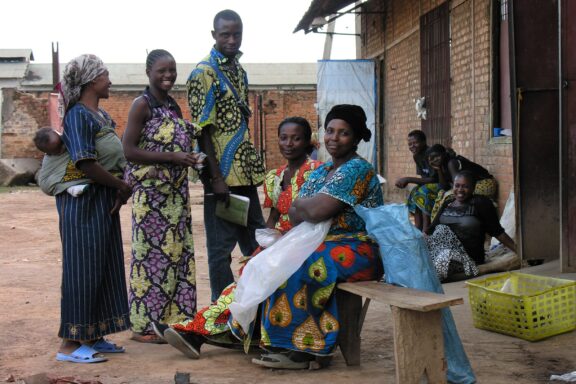
Mining for the rare earths essential for making electric cars and cellphones is the Democratic Republic of the Congo’s greatest potential and its biggest worry. This huge equatorial rain forest country has been the world’s leading supplier of cobalt since 1908. It provided the high-grade uranium ore the United States used to make its atomic bombs in World War II. Although American capital kept mines going in the 2000s, the country has recently sold its mineral concessions to a Chinese conglomerate.
For ordinary Congolese, there are few civil rights, no employment rights, and little choice but to take very basic jobs. The economic production of the country is mostly controlled by the mines.
4. Somalia
GDP $888, GNI $310
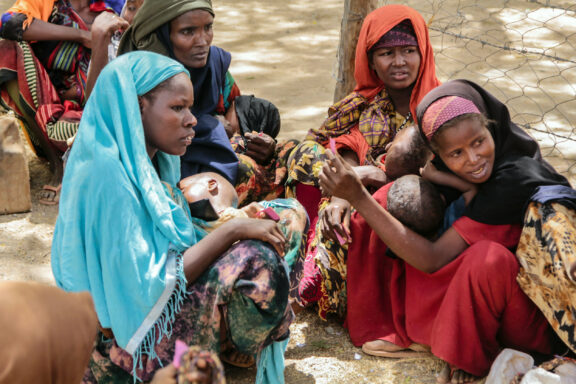
Somalia has become synonymous with violence, lawlessness, and extreme poverty. About 43 percent of its population lives on less than US $1 a day, and the leading industry of the country is livestock production. In recent years, however, conditions have stabilized enough that foreign companies are investing in Somalia as a producer of hallel meat for consumption in nearby countries, bringing living standards back to where they were in the early 1990s. Much of the country survives on remittances sent back by expat Somalis.
5. Niger
GDP $1213, GNI $540
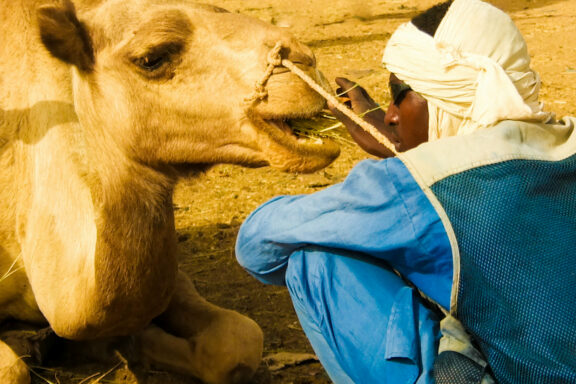
In 2021, Niger experienced its first peaceful transfer of power with the inauguration of its president Mahomed Bazoum. The newly stable country, unfortunately, is trapped between armies of the Islamic State and Boku Haram. And the United Nations Development Index ranks Niger as the poorest country on earth, simultaneously experiencing an explosion in its birth rate and a chronic drought that leaves over 2 million of its citizens in danger of starvation. Even in a good year, the United Nations says, Niger cannot feed itself.
6. Malawi
GDP $1234, GNI $500
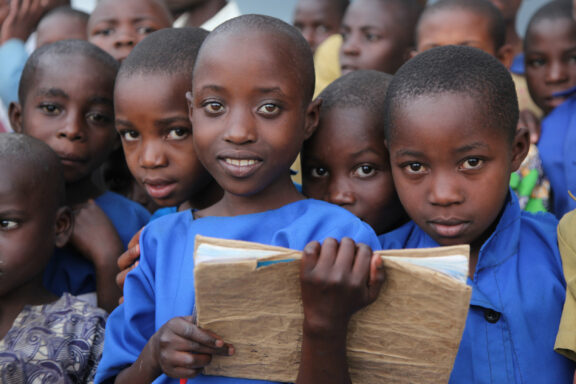
Over 70 percent of Malawians earn less than the UN poverty level wage of US $1.90 per day. Compounding this reality is another: Most of Malawi’s workers have jobs in agriculture, which is plagued by increasingly common droughts and floods. Farmers are too poor to buy tractors and fertilizer. The World Bank estimates that the tiny, 0.8 acre (0.3 hectare) Malawi farm produces only 11 to 18 percent of its potential yield. Making matters worse, Malawi’s one-magnificent Lake Chilwa has largely dried up, putting 7,000 fishermen out of work.
7. Mozambique
GDP $1331, GNI $460
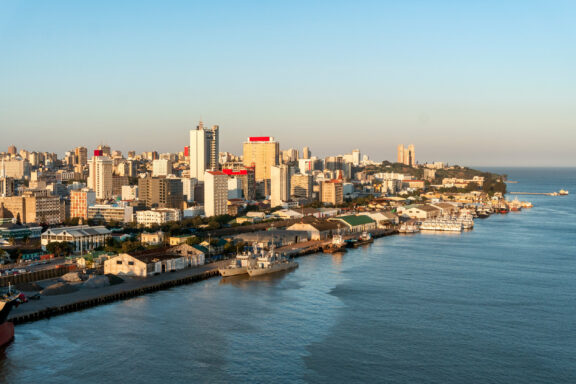
There is some income in Mozambique, but the $871 disparity between GDP and GNI shows that it does not go to Mozambicans. Mozambique has invited troops from other African nations to fight its Islamic insurgency, so it can concentrate on recovering from the theft of $2 billion in loan funds intended to shore up its fragile economy. One bright note in Mozambique: Mozambique’s elephant herds have undergone a mutation so that newborn elephants don’t have tusks, and will not be killed by poachers.
8. Liberia
GDP $1413, GNI $530
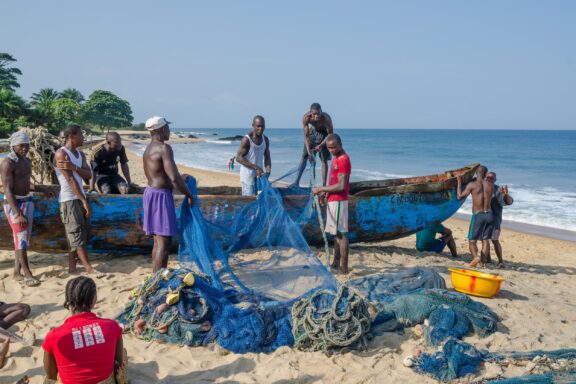
Liberia was founded in the 1820s as a refuge for former American slaves. It has come out of a horrific civil war under a woman-led government that rebuilt schools, hospitals, and roads that had been destroyed during the fighting. But an Ebola epidemic in 2014 and the completion of international aid programs in 2017 have left the country to face its considerable economic challenges on its own.
9. South Sudan
GDP $1420, GNI $1090
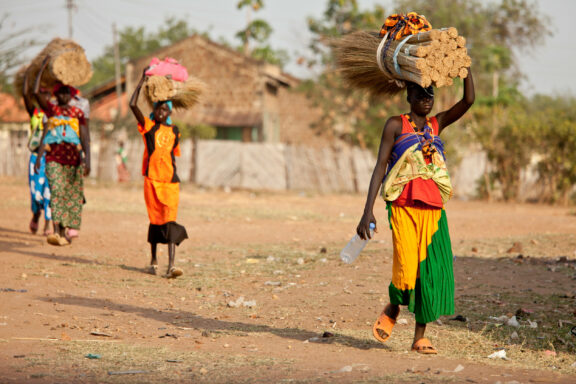
The economy of the Republic of the South Sudan is one of the most underdeveloped in the world. It has one of the world’s highest infant mortality rates and one of the world’s highest rates of illiteracy in women. It has one of the youngest populations in the world, with over 40 percent of its population under the age of 14. And it has a range of mineral resources, including oil, gas, iron, chromium, tungsten, copper, gold, silver, and diamonds. Income disparity is severe: The average per capita daily income in South Sudan is US $3.20 a day, but 90 percent of the population lives on less than $1 a day.
10. Sierra Leone
GDP $1608, GNI $1670
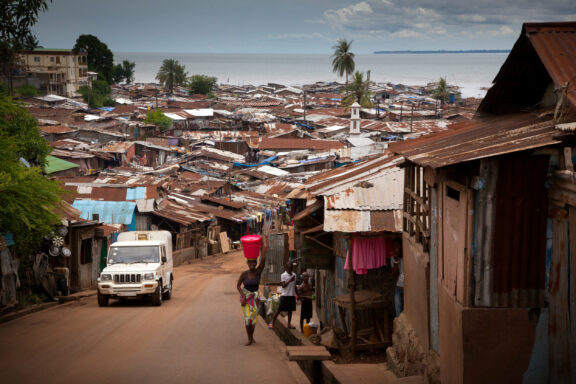
Like its neighbor Liberia, Sierra Leone has been devastated by civil war and the Ebola epidemic. Unlike Liberia, Sierra Leone has also been plagued by natural disasters, especially mudslides. About 2/3 of the population is engaged in subsistence farming, raising rice. However, Sierra Leone is one of the few of the poorest countries in Africa that has a higher GNI than GDP. Expats from Sierra Leone manage to send substantial amounts of money to their families still in the country.
11. Madagascar
GDP $1697, GNI $1540
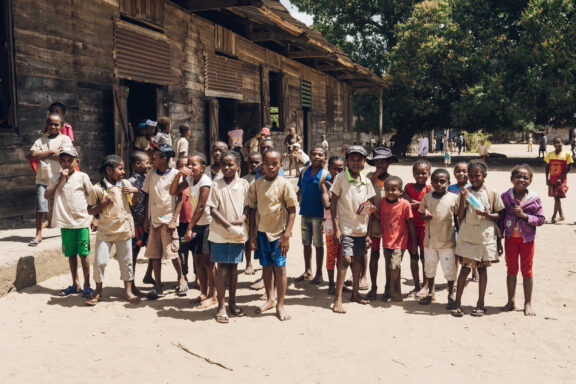
Over 2 million people in Madagascar are in danger of imminent starvation due to a prolonged drought. Once one of the most spectacular centers of biodiversity in the planet, with 90 percent of its wildlife found nowhere else on the planet, Madagascar now has vast areas of complete destruction of the landscape from drought and fires. Relative bright spots in Madagascar’s economy include its nickel mines, textile production, and fisheries.
12. Eritrea
GDP $1820, GNI $699
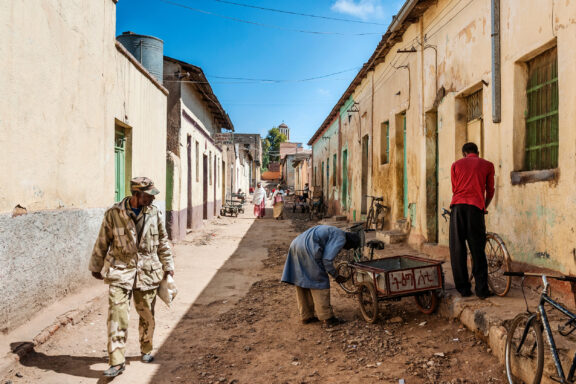
Eritrea is often called “Africa’s North Korea.” Fighting a battle for independence from Ethiopia from the 1960s until 1990, it enjoyed independence for only eight years before starting a bloody war with Ethiopia in 1998, which only ended in 2018. Eritrea, like North Korea, became a military state, with forced military service and forced labor for all except women who can demonstrate that they are ready to have children and others with substantial financial resources. For several years, the largest number of refugees from Africa seeking to enter Europe were from Eritrea.
13. Togo
GDP $1821,GNI $920
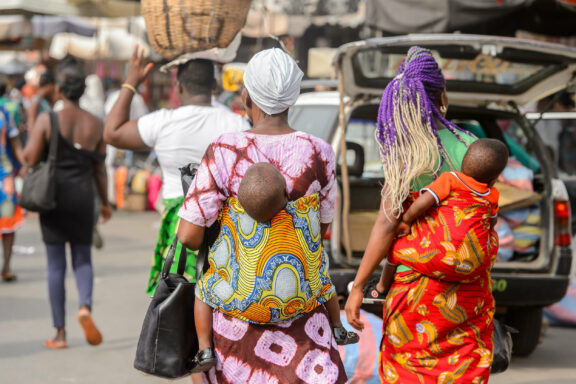
In recent years, Togo has achieved both a growing GDP and well-controlled inflation. Its government coffers, however, depend on taxes imposed on phosphate mining, and rise and fall with fertilizer prices. Most of the people of Togo still depend on subsistence farming for their livelihoods.
14. Guinea-Bissau
GDP $1951, GNI $1020
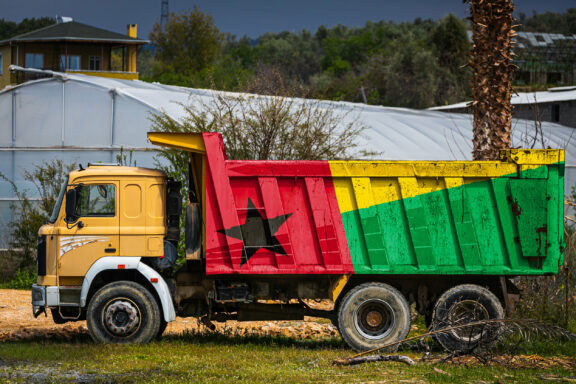
After a long, bitter war to oust its Portuguese rulers, Guinea-Bissau endured a dictatorship, coups, and another civil war. It has never had a president finish his five-year elected term. Most of the people of Guinea-Bissau make subsistence livings from fishing and growing cashews or peanuts. A few residents of the country’s coastal islands have found economic opportunities in drug smuggling, with enough volume to give the country the nickname “Pusher’s Paradise.” The country has no funds of its own to fight its drug kingpins.
15. Burkina Faso
GDP $2207, GNI $790
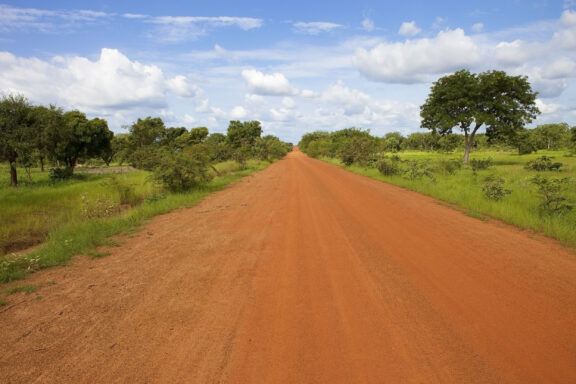
Burkina Faso has substantial, documented gold ores, but gets most of its income from foreign aid. Most of its population is engaged in agriculture, raising corn, sorghum, millet, and rice. The nation has a history of political unrest and military mutiny, however, depriving it of the benefits of rule and law and dependable government institutions.
16. Mali
GDP $2271, GNI $830
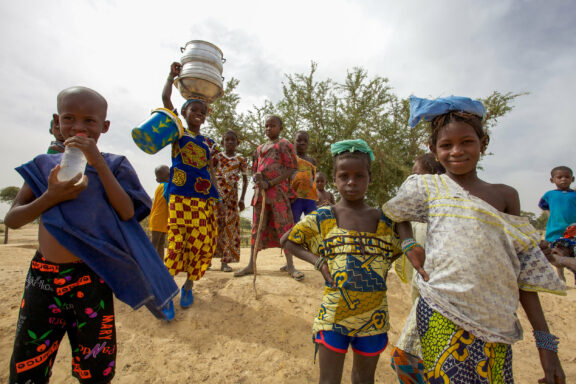
The poverty of this exporter of cotton and gold is explained by the fact that money that is made in Mali doesn’t stay in Mali. And by interethnic and jihad violence complicated by a never-ending succession of coups. Even with 150,000 foreign peacekeeping troops, including 5,000 from France and 1,000 from the USA, over 2 million of Mali’s 20,000,000 people have been driven from their homes in the last two years, and over 250,000 have been killed.
17. The Gambia
GDP $2278, GNI $2240
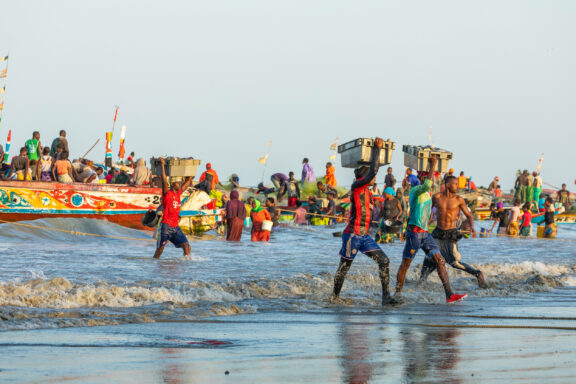
The Gambia does a good job of managing its limited resources. Much of its economy depends on tourism, which is beginning to recover from the COVID pandemic.
18. Guinea
GDP $2320, GNI $4760
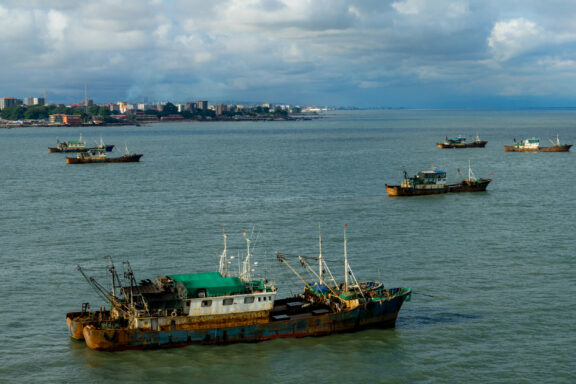
Guinea is experiencing economic growth—and political chaos—as it becomes more and more of a bauxite and iron mining center for Chinese industry. The benefits of economic growth aren’t reaching Guinea’s people directly, because of its 60-year history of ethnic violence, political upheaval, and police corruption. Expats of the country send substantial remittances home, however.
19. Chad
GDP $2428, GNI $680
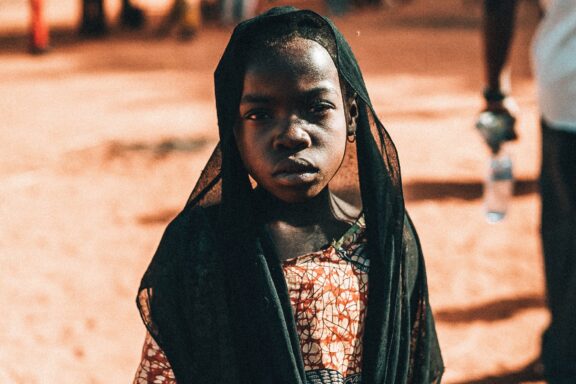
In August 2021, Chad’s former dictator and strongman Hissène Habré, who had ordered the deaths of as many as 10,000 of his citizens by exotic and cruel methods in the swimming pool of his mansion and in his garage, died of COVID-19. Even though he had been removed from power in 2015, he had left his mark on Chad’s people and its economy. For many years local businesses suffered from civil war, and foreign businesses did not make investments.
Only in the last two or three years has there been some revival of Chad’s cotton industry and in the mining of natron, used to make laundry detergents. Even the meager income of those industries seems to go mostly to people who live outside of Chad, as evidenced by Chad’s per capita GDP of $2428 and its per capita GNI of $680.
20. Benin
GDP $2552, GNI $1280
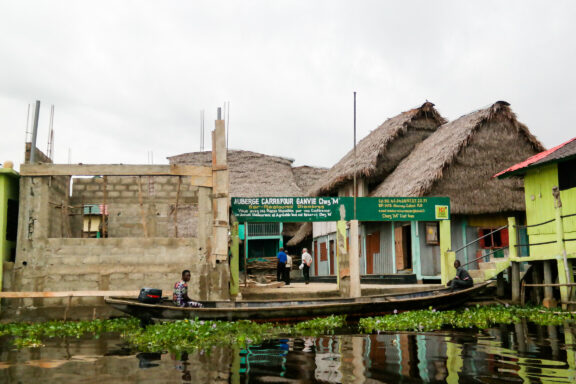
Benin’s economy is highly dependent on agriculture, primarily cotton and palm oil. Millions of its people are engaged in subsistence farming, growing food for their own needs. Almost 75 percent of its people working in the formal economy are represented by unions, who may be responsible for the country’s relative success at taking care of its poor.
Every poor country in Africa stands in need of judicial reform. There is general agreement that providing stable government and rule of law while stamping out corruption makes dealing with other problems much easier. These 20 poorest countries in Africa have a long way to go, but there is hope that legal reform and economic reform may give them the stability they need to deal with environmental challenges.
Also read: The 20 Richest African Nations